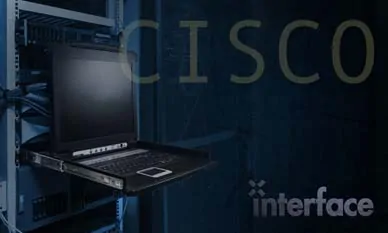
x
Course: Outline
Deploying Cisco Enterprise Chat and Email
ECE General administration
Cisco ECE Email administration
Cisco ECE Chat administration
Cisco Enterprise Chat and Email features
Lab outline
- Navigate CCE discovery architecture and components
- Navigate ECE and CCE discovery architecture and components
- Navigate ECE Email and Cisco Finesse integration
- Add and Import CCE Resources into ECE
- Personalize the Email Trail
- Build a Department Workflow
- Build CCE Script for Email
- Agent Verification of Email
- Configure and Verify Chat Operation
- Customize Chat
- Explore Reporting for ECE
- Support Single Sign On (SSO) for ECE
- Troubleshoot ECE
Audience
- Deployment engineers
Prerequisites
Before taking this course, students should have:
- Strong knowledge of computer networking components: Windows A/D, SQL
- Strong understanding of IP networks
- Advanced experience administering Cisco Packaged Contact Center Enterprise
- Experience deploying Cisco Packaged Contact Center Enterprise
What You Will Learn
After taking this course, you should be able to:
- Describe the ECE solution as deployed with Cisco Contact Center Enterprise (CCE)
- Define the components of ECE that make up the available deployment models available for enterprise solutions
- Utilize the Classic ECE interface to differentiate between partitions
- Utilize the Classic ECE interface to differentiate between processes and instances
- Configure the PCCE requirements necessary to integrate ECE
- Configure the requirements necessary to integrate ECE with the Single Pane of Glass used with PCCE
- Configure the requirements necessary to integrate ECE with email services
- Add the ECE Agent gadget to the Cisco Finesse Desktop layout
- Describe the installation requirements for a high-availability deployment of ECE
- Describe a basic email and chat call flow through the ECE/PCCE environment
- Understand the general operational requirements for adding CCE Agent, skill, and scripting objects and importing them into CCE
- Navigate the administrative tabs in both the Business Partition and Department view of the Single Pane of Glass
- Add and import objects into the ECE
- Describe the configurations options found in the Email and Chat Queue
- Describe the configuration and verification of chat functionality in a CCE ECE environment
- Configure and verify ECE settings
- Configure an entry point for a chat queue and introduce template sets
- Customize the chat experience
- Define and verify the configuration requirements to deploy callback and delayed callback
- Describe the benefits of implementing Agent Single Sign-on in the ECE/CCE environment
- Configure the requirements necessary to implement Agent Single Sign-on in the ECE/CCE environment

